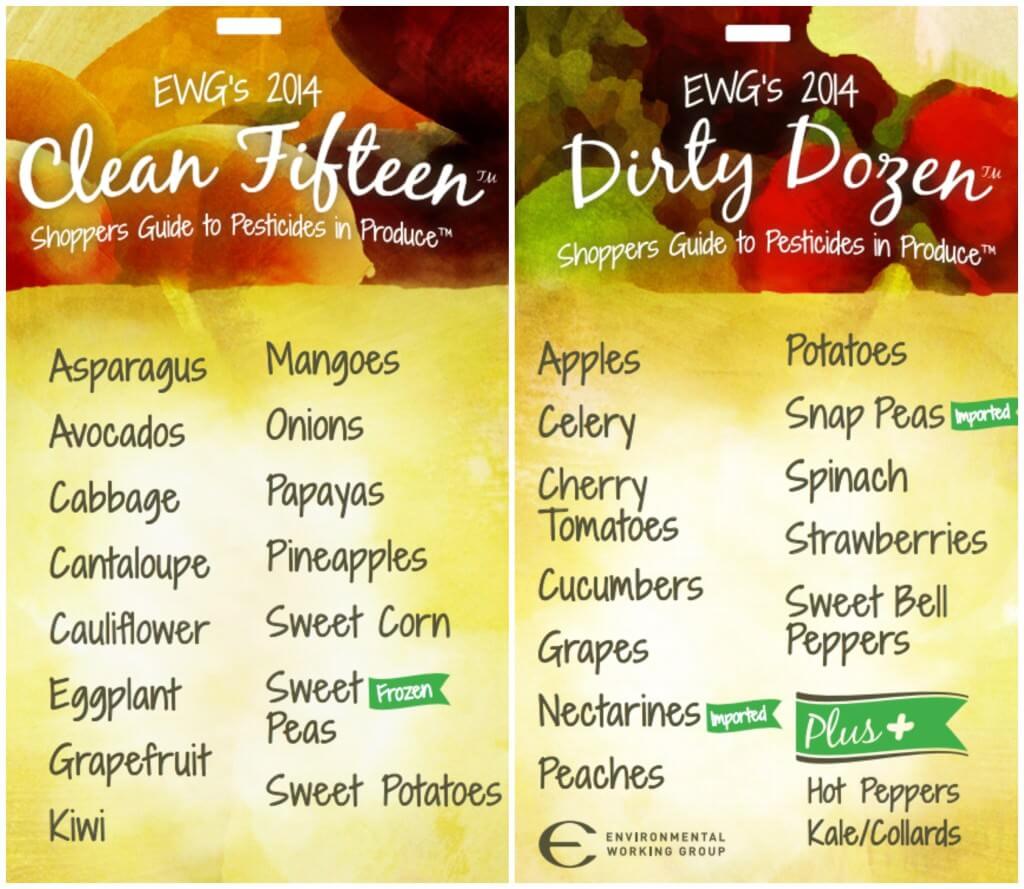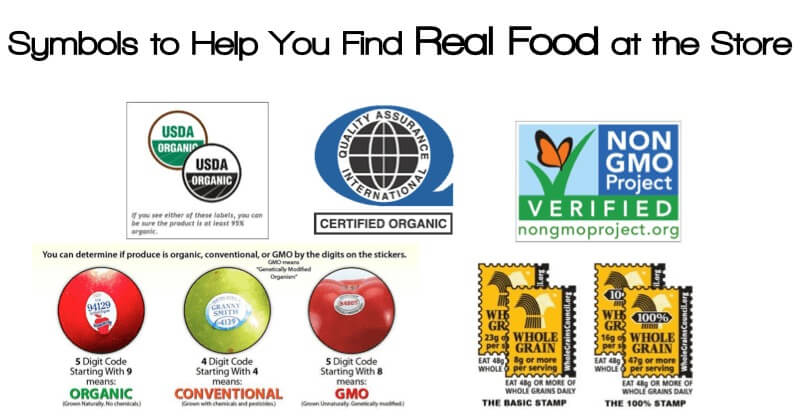How to Find Real Food at the Grocery Store – Introduction
Oh Lardy! is a participant in the Amazon Services LLC Associates Program, an affiliate advertising program designed to provide a means for us to earn fees by linking to Amazon.com and affiliated sites.

Do you struggle looking for real food at the grocery store? I know it can be a huge challenge to sift through all of the packaging, the marketing and to find the best food available to you.
I give individual Real Food Grocery Tours in my local area to help people learn to read labels and navigate the grocery store aisles and pick the best food available at the store. Oh Lardy has decided to do a mini-series of posts to help all of you learn to navigate the grocery store in search of real food.
When entering any grocery store, whether it is Walmart or Whole Foods, there are some general guidelines you should keep in mind for how to find real food at the grocery store.
GENERAL GROCERY STORE GUIDELINES
- Food should be looked at as Nutritious or Non-Nutritious NOT Good or Bad.
- Choose fresh, whole foods over packaged foods whenever you can.
- If you buy food in packages, choose ones with a short ingredient list and with ingredients that you recognize and that someone could have in their kitchen.
- Choose organic products if possible.
Some other tips to keep in mind are:
SHOP THE PERIMETER
This is where the dairy, the produce, the refrigerated and the meat sections are usually located. These tend to have the most whole foods available. The interior aisles tend to contain more of the boxed food, full of food-like substances!
EXCEPTIONS TO THE PERIMETER RULE
Of course, there are exceptions to the perimeter rule. While shopping the perimeter is a great guideline, there is real food located in the interior aisles as well. You just need to be a little savvy. The freezer section can have great frozen fruits and vegetable options as well as sprouted wheat breads. The dried bean, rice, grain aisle is a great source for your pantry staples. Then of course there are spices, herbs and oils in the baking aisle as well. If you are careful about reading ingredient labels, you can find nuts and dried fruits, but beware of added ingredients.
READ INGREDIENT LABELS
This can be very tricky and does take practice. If you stick to whole foods, like fresh produce, meats, dried rice/beans, it is fairly simple. When you start getting into packaged foods, it is a whole new ball game. You MUST read ingredient labels. If the product has many ingredients, has ingredients you can't pronounce, is full of chemical sounding names…it probably isn't real food.
RED FLAG INGREDIENTS
There are definitely foods to avoid at the grocery store. This is a very brief list, but look out for:
- High fructose corn syrup
- Hydrogenated oils
- Artificial sweeteners (aspartame, amino sweet, sucralose, acesulfame potassium, etc.)
- Artificial colors (Red 40, Yellow 6, etc.)
- Canola, cottonseed, soy oils
- Carrageenan
- Preservatives like TBHQ, BHT
- MSG
- Sugar as a first ingredient
- sugar free (usually means artificial sweeteners)
DIRTY DOZEN AND THE CLEAN FIFTEEN
Every year the Environmental Working Group releases a list of the Dirty Dozen and the Clean Fifteen (the produce with the MOST and LEAST pesticide residue, respectively). This is a handy list to help you budget your spending on organic produce. There is an app that you can download too! Try to buy the items on the Dirty Dozen organic, if you can!
Dirty Dozen: Apples, Celery, Cherry Tomatoes, Cucumbers, Grapes, Nectarines, Peaches, Potatoes, Snap Peas, Spinach, Strawberries, Sweet Bell Peppers plus Hot Peppers, Kale/Collards.
Clean Fifteen: Asparagus, Avocados, Cabbage, Cantaloupe, Cauliflower, Eggplant, Grapefruit, Kiwi, Mangoes, Onions, Papaya, Pineapple, Sweet Corn, Sweet Peas, Sweet Potatoes
SYMBOLS TO LOOK OUT FOR
THERE'S AN APP FOR THAT
Of course there are several real food apps. A few that we recommend are:
Find Real Food – this app is a version of the Weston A Price Shopping Guide. You can find traditional, nourishing food brands near you!
Dirty Dozen– this is a handy app to keep on your phone to remember which produce is considered the Dirty Dozen (meaning buy organic if you can) and which is Clean Fifteen (meaning it has less pesticide residue)
Fooducate – Healthy Weight Loss, Diet Tracker & Food Scanner – this app isn't perfect but it let's you scan foods and gives them a grade. It also offers better options for packaged foods that get a poor score.
ADDITIONAL TIPS
- Write out your grocery list ahead of time.
- Write out a meal plan (free meal plan printable) for the week to help guide your grocery shopping so you don't buy unnecessary things.
- Think of buying real food as INVESTING in your health. Yes, real food can be more expensive. But it is chock full of nutrients your body needs to stay healthy.
- Remember preparing your own food is always more economical than eating out at restaurants.
- Save leftovers!
- Try to add one new vegetable per week.
Stay tuned for more posts on How to Find Real Food at the Grocery Store!
Do you have any tips? How do you navigate the grocery store in search of real food?
Pin for later–>




Great post. I would also say to be wary of products that have “fat free” on them because it usually means that it’s been replaced by something else that isn’t clean! Also be aware of clever marketing like, ‘sugar free’ cookies! really?! if it hasn’t been sweetened by real sugar than it will most likely have been replaced by chemically derived additives.
I thought corn is almost always gm. Are talking strictly about pesticides?
The Dirty Dozen/Clean Fifteen list is strictly pesticides. However, most corn on the cob is not GM. There are some sweet corn varieties that are. Almost all corn grown for processing is GM.
If you’re worried about GM, avoid conventional zucchini, too. Most of that is GM.
Great post. I would also say to be wary of products that have “fat free” on them because it usually means that it’s been replaced by something else that isn’t clean! Also be aware of clever marketing like, ‘sugar free’ cookies! really?! if it hasn’t been sweetened by real sugar than it will most likely have been replaced by chemically derived additives.
Good tip to add a new vegetable each week!
Thanks!
I truly just like your article and the web site all in all!. Your current Blog style is amazing as well!
http://www.foodinsight.org/blogs/why-you-should-care-about-carrageenan
Your current Article-style is amazing as well!